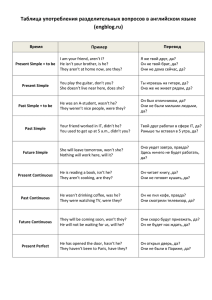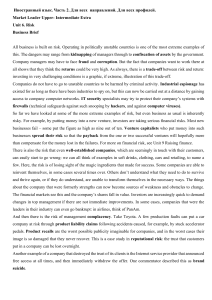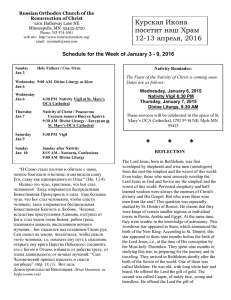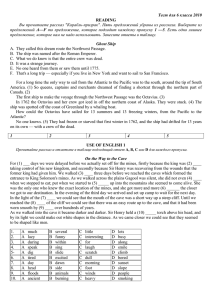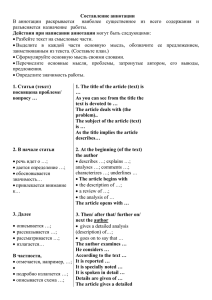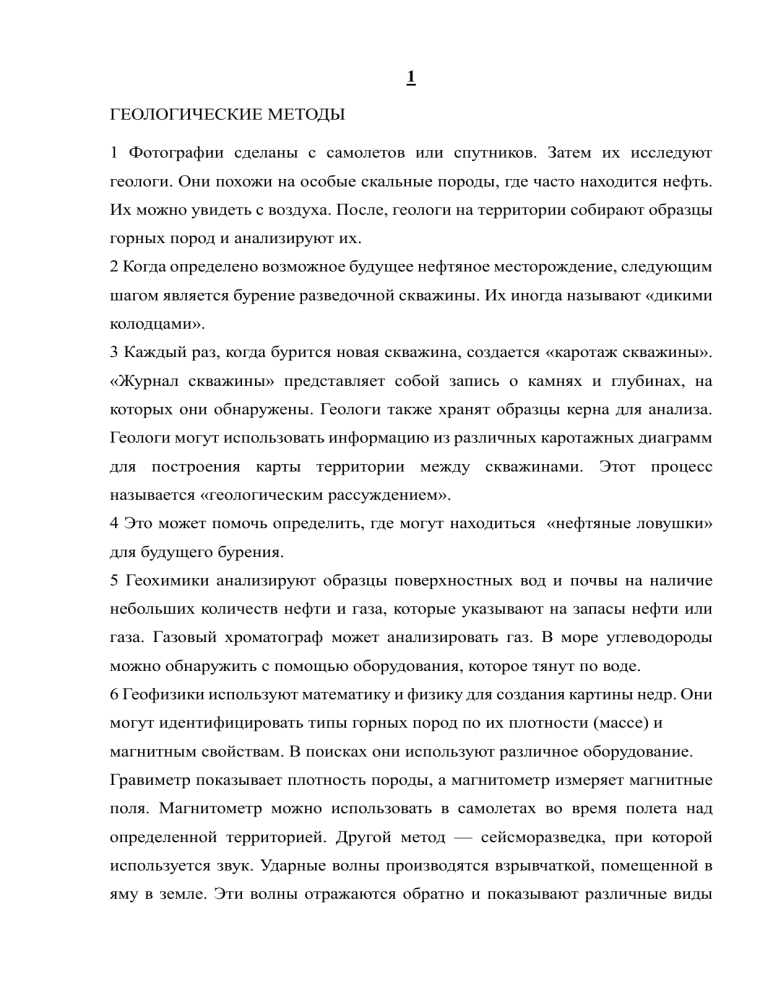
1 ГЕОЛОГИЧЕСКИЕ МЕТОДЫ 1 Фотографии сделаны с самолетов или спутников. Затем их исследуют геологи. Они похожи на особые скальные породы, где часто находится нефть. Их можно увидеть с воздуха. После, геологи на территории собирают образцы горных пород и анализируют их. 2 Когда определено возможное будущее нефтяное месторождение, следующим шагом является бурение разведочной скважины. Их иногда называют «дикими колодцами». 3 Каждый раз, когда бурится новая скважина, создается «каротаж скважины». «Журнал скважины» представляет собой запись о камнях и глубинах, на которых они обнаружены. Геологи также хранят образцы керна для анализа. Геологи могут использовать информацию из различных каротажных диаграмм для построения карты территории между скважинами. Этот процесс называется «геологическим рассуждением». 4 Это может помочь определить, где могут находиться «нефтяные ловушки» для будущего бурения. 5 Геохимики анализируют образцы поверхностных вод и почвы на наличие небольших количеств нефти и газа, которые указывают на запасы нефти или газа. Газовый хроматограф может анализировать газ. В море углеводороды можно обнаружить с помощью оборудования, которое тянут по воде. 6 Геофизики используют математику и физику для создания картины недр. Они могут идентифицировать типы горных пород по их плотности (массе) и магнитным свойствам. В поисках они используют различное оборудование. Гравиметр показывает плотность породы, а магнитометр измеряет магнитные поля. Магнитометр можно использовать в самолетах во время полета над определенной территорией. Другой метод — сейсморазведка, при которой используется звук. Ударные волны производятся взрывчаткой, помещенной в яму в земле. Эти волны отражаются обратно и показывают различные виды камней под поверхностью. Вместо взрывчатки будет использоваться вибратортрек. Tick the sentences where we know who does the action. - 2,4. 2 1 An aerial survey is conducted by geologists from a plane or satellite. 2 The photographs are studied for examples of reservoir rock formations. 3 Afterwards, rock samples are collected by geologists on the ground and analyzed. 4 The rainforests will be explored for oil by geochemists soon. 5 Magnetic fields are measured by a magnetometer, and gas can be analyzed by an instrument called a gas chromatograph. 3 Which countries and regions are the largest/smallest consumers of oil? The largest consumers of oil in the world are typically countries with large populations, high levels of industrialization, and significant transportation sectors. The United States, China, and India are among the top oil-consuming countries globally. In terms of regions, North America (primarily the United States) and Asia (particularly China and India) are the largest consumers of oil. These regions have high demand for oil due to their large populations and extensive transportation networks. On the other hand, some of the smallest consumers of oil are countries with smaller populations, limited industrial activities, and a focus on renewable energy sources. Countries in Europe like Iceland and Norway have relatively low oil consumption compared to their neighbors due to their reliance on renewable energy sources like hydropower and geothermal energy. 4 a) 2006 b) 1,7% c) 3,4% d) doubled e) 120 5 1. Put the four main uses of oil in order of importance. domestic (e.g. heating) - 2 industry - 4 transportation - 1 commerce – 3 2. What percentage of oil consumption is used for transportation? a globally? – over half of all the oil b in the US? – 70% 3. How is oil consumption in China and India different from other countries? In China and India most oil is for industry. 4. How does Dr Bell think this can change? Transportation will become their principal reason for oil consumption as elsewhere. 6 a) Rafiq b) Amin c) Steve d) Rafiq e) Amin 7 Advantages of exploration on the Greenland shelf: 1. There are huge oil reserves on the Greenland shelf; 2. Oil will allow the country to become rich and independent from Denmark; Disadvantages of exploration on the Greenland shelf: 1. Exploration will be difficult and costly; 2. Research can only be carried out three months a year; 3. Cold temperatures in winter; 4. Drilling offshore will be difficult; 5. There is a 25% chance that there is no oil; 6. There are dangers from icebergs; 7. Drilling and onshore installations could damage Greenland's environment; 8. The habitat of wildlife like polar bears is in danger; 9. It will destroy the traditional way of life of Greenlanders and make social problems. 8 1. d 2. e 3. b 4. a 5. c

